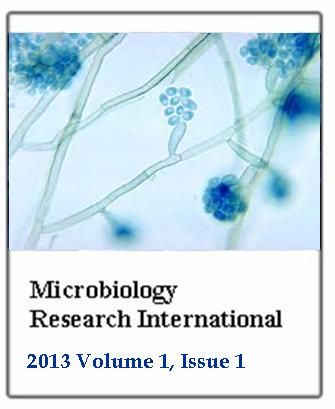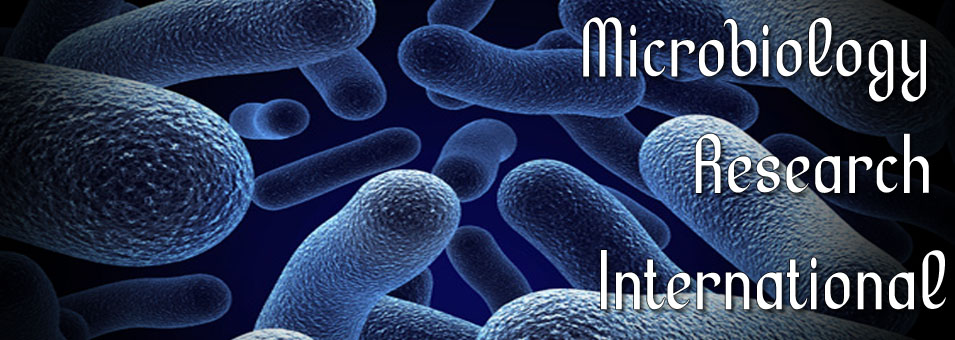Subclinical mastitis affecting hygienic quality of marketed camel milk from North-Eastern Province, Kenya
M. Wanjohi, C. G. Gitao and L. BeboraMicrobiology Research International
Published: April 10 2013
Volume 1, Issue 1
Pages 6-15
Abstract
In North-Eastern Province, camel is the dominant livestock; it provides subsistence to many people especially during the frequent droughts when other animals either die or are unthrifty. This is because camel is highly suited for hot environments. In this region, camels number approximately 3 million and are the main producers of milk for the residents, who are mainly of Somali origin, and are pastoralists. Currently, the milk is also sold in Nairobi and other far places; and there is a fast-growing demand for it. This has necessitated examination of the milk quality, in response to food-safety awareness, especially noting that some of the bacteria causing subclinical mastitis can cause disease in humans. This study was carried out to establish the hygienic quality of camel milk from this area, zeroing down to 2 districts, Garissa and Wajir. Three hundred and eighty four bulk camel milk samples were collected in volumes of 200 to 300 ml. They were transported to the laboratory in cold/ice boxes and bacterial isolation and characterization done not later than 24 h after arrival at the laboratory. Before culturing, the milk samples were screened using California Mastitis Test (CMT); samples testing positive (an indication of subclinical mastitis) were then subjected to bacteriological investigation, using standard methods. Results of this study have shown that subclinical mastitis is prevalent in dromedary camels of Garissa and Wajir districts of North-Eastern province of Kenya, and that Gram-positive cocci (Staphylococcus and Streptococcus) are the dominant mastitis pathogens isolated. Other isolated bacteria included Klebsiella/Enterobacter, Escherichia coli and Bacillus. The positive correlation of CMT with the presence of mastitis pathogens in camel milk showed that CMT is a useful screening test in the detection of subclinical mastitis in camels; it is thus a useful tool for farmers, aiding them in picking the affected animals, segregating and treating them. The results also contribute towards coming up with respective control measures so as to keep camel milk fresh for longer periods and also make it safe for human consumption.
Keywords: Subclinical mastitis, camel milk, North Eastern Kenya.
Full Text PDF
